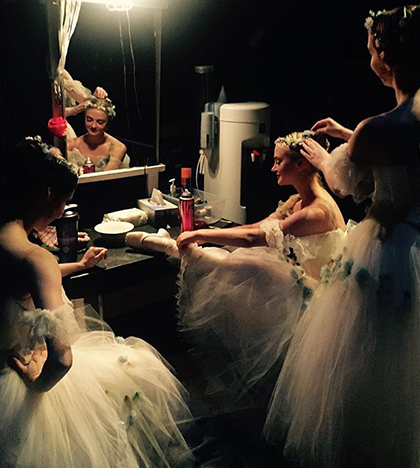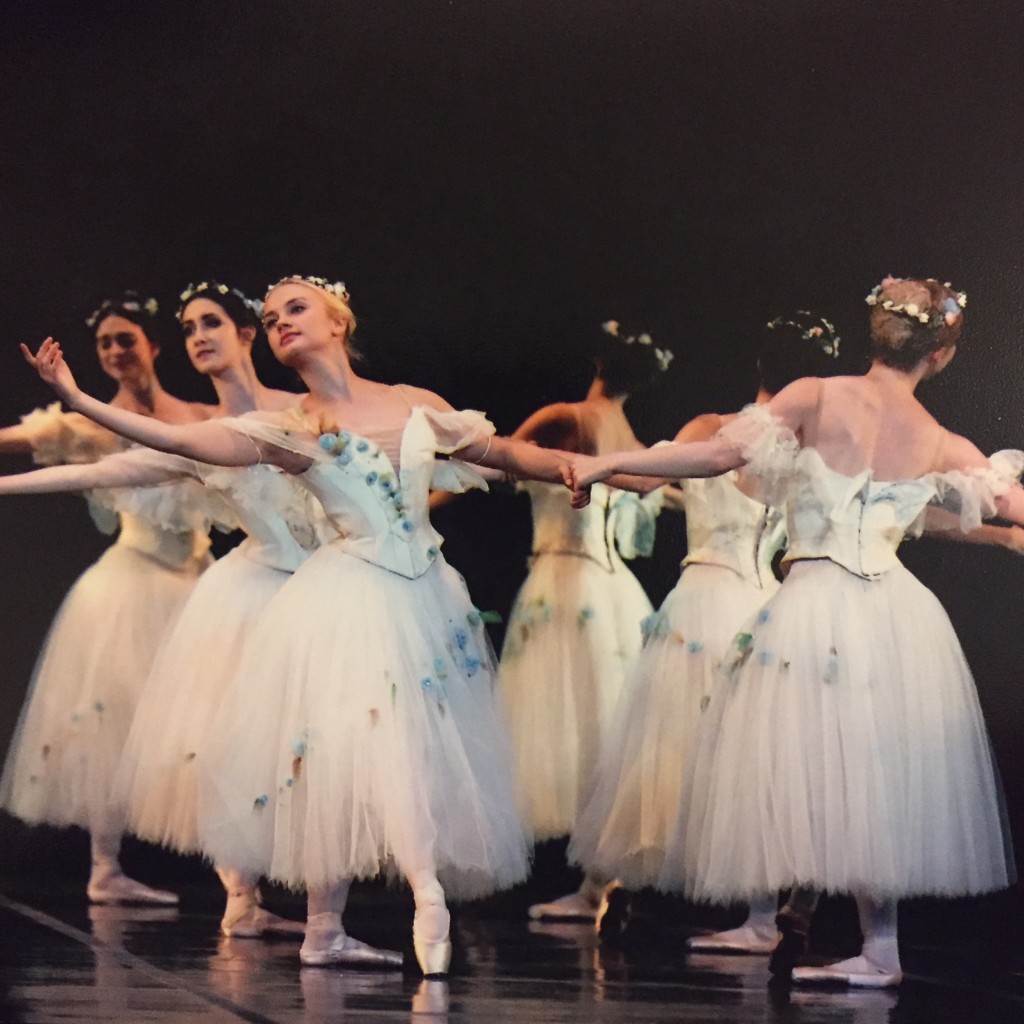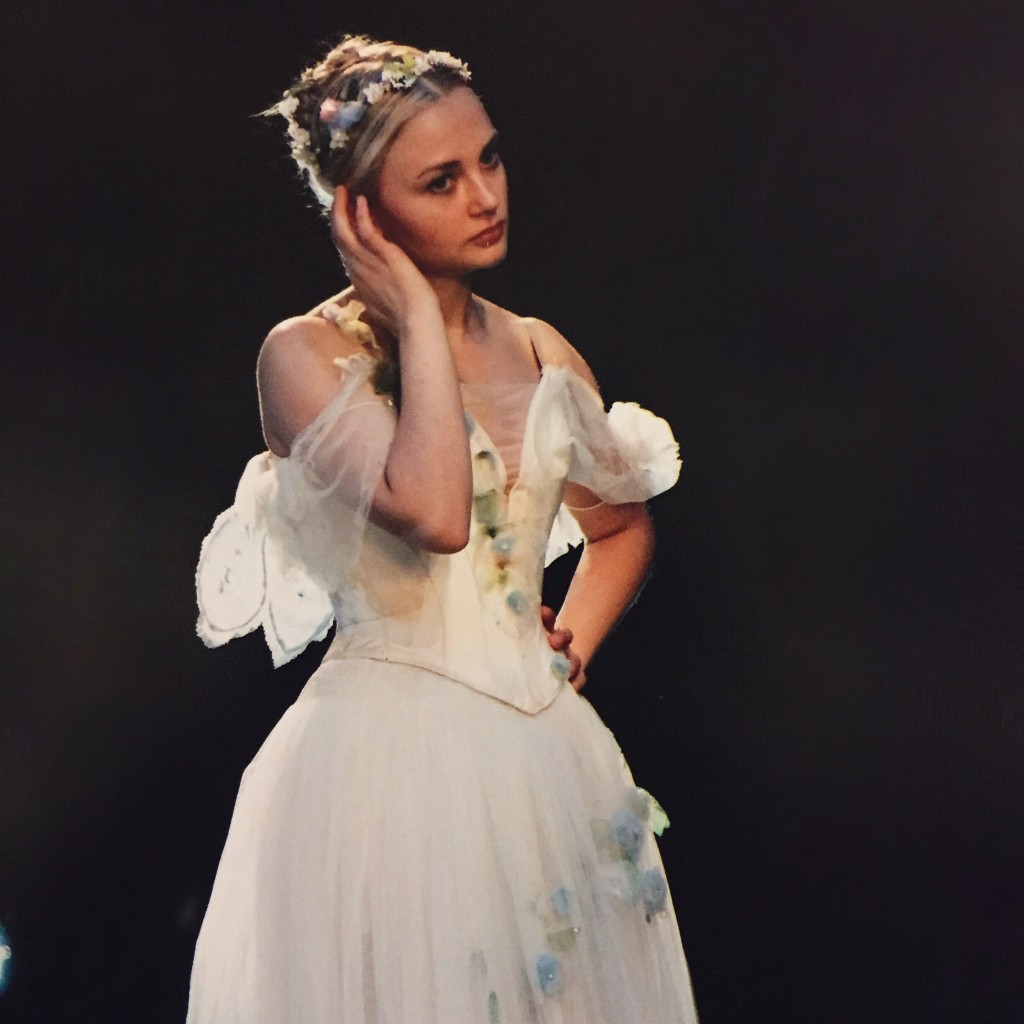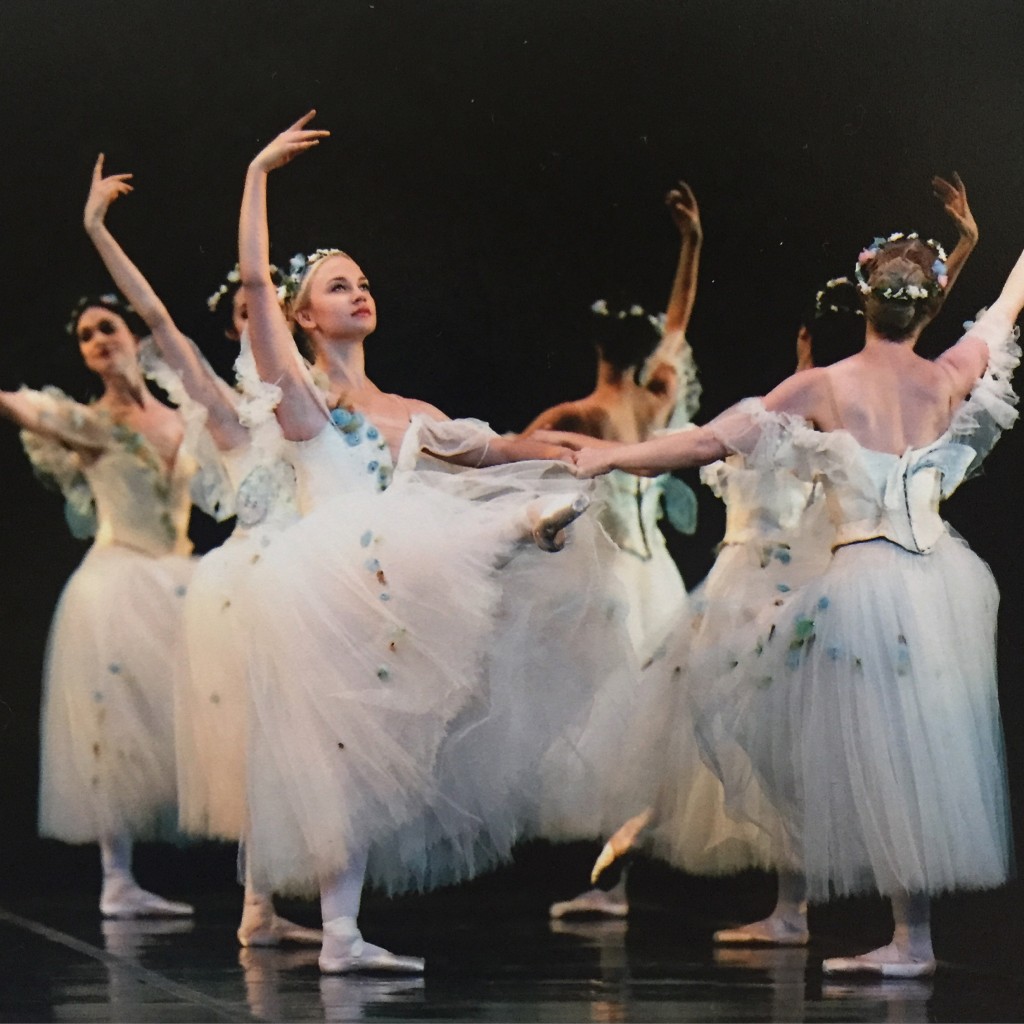You’re “Kilting” Me: Learning and Loving the Bournonville Method
At the end of last season when my artistic director announced that La Sylphide was going to be in the repertoire for the upcoming season, I can’t exactly say that I was thrilled. Thankfully, my sentiments have changed since then. I’ve completely fallen in love with this ballet. However, my initial reaction was, “did he mean to say Les Sylphide?” Realizing that the “La” was in fact intentional, and that he was talking about a completely unrelated ballet, I realized that he was referring to the neglected Sylphide ballet: as in, the one with the men in kilts.
La Sylphide has a rich history, and it is an important moment in the timeline of ballet. There were two versions of the ballet; the original one choreographed by Filippo Taglioni in 1832, choreographed on his daughter, Marie Taglioni, this was the first ballet performed en pointe. Bournonville choreographed a version in 1836 and is the only version known to have survived and thus is one of the world’s oldest surviving ballets.
This was my first experience with the Bournonville style. The Bournonville method is a ballet technique and training system devised by the Danish ballet master August Bournonville. The guiding principle of the Bournonville method is that the dancer should perform with a natural grace, dramatic impact and harmony between body and music. I’m always a little nervous when approaching a new style. Before the rehearsal process begins, I like to do a little research to have an idea of what I’ll be dealing with. In this line of work, there are a lot of variables that are completely out of your control such as casting, injuries, job security, etc. However, coming to rehearsal at ease and prepared is one thing that is within your power.
Some general hallmarks of the Bouronville technique are musicality, quick footwork, clean jumps, unaffected and understated movement, simple and elegant épaulment, and a lower port de bras line.
Although this is a shorter full-length ballet, the second act is still challenging because the choreography is essentially jumps for the entire duration of the act. Although precision is required with the quick footwork, it is important to keep your character in mind for the upper body. A sylph is a mystical, ethereal, spirit creature. Therefore, the upper body and arms must be very soft. I paid special attention to the height of my arms, never raising them above my shoulders in second position. Also, I made sure to keep my elbows soft, and my arms supple. My arms are hyperextended, so I constantly reminded myself to keep a rounded shape. If done correctly, the contrast of a soft upper body with the sharp and dynamic movement of the legs is mesmerizing for the audience.
Focusing on the quality of my port de bras has helped me with my port de bras in general because it is something I tend to overlook in class. Although daily technique class is “optional” for professionals, it serves as a rare chance to maintain and improve your skills. Leading up to La Sylphide, I focused a lot on petite allegro during company class. I have a natural jump, so sometimes I overexert myself during small jumps. I tried to work on precision and quick footwork, without treating small jumps as grande allegro. All of the extra attention on small jumps in class in addition to in rehearsal all day led to extremely tight calves. My number one tip remedying a case of tight calves is sleeping and/or dancing in compression socks. They are life changing.
I’m really grateful for this experience. Not only did I enjoy dancing this beautiful ballet, but it also served as a great opportunity for my growth as a performer and technician. I familiarized myself with a completely different technique, and what I gleaned from this venture can be applied to my technique in general. As an artist, it is always important to be receptive and unbiased towards new endeavors. La Sylphide was a great testament to the value of keeping an open mind when approaching any new rep, especially if it doesn’t seem appealing at first.







